Two close calls in Anchorage and Kanai leave the communities unsettled.
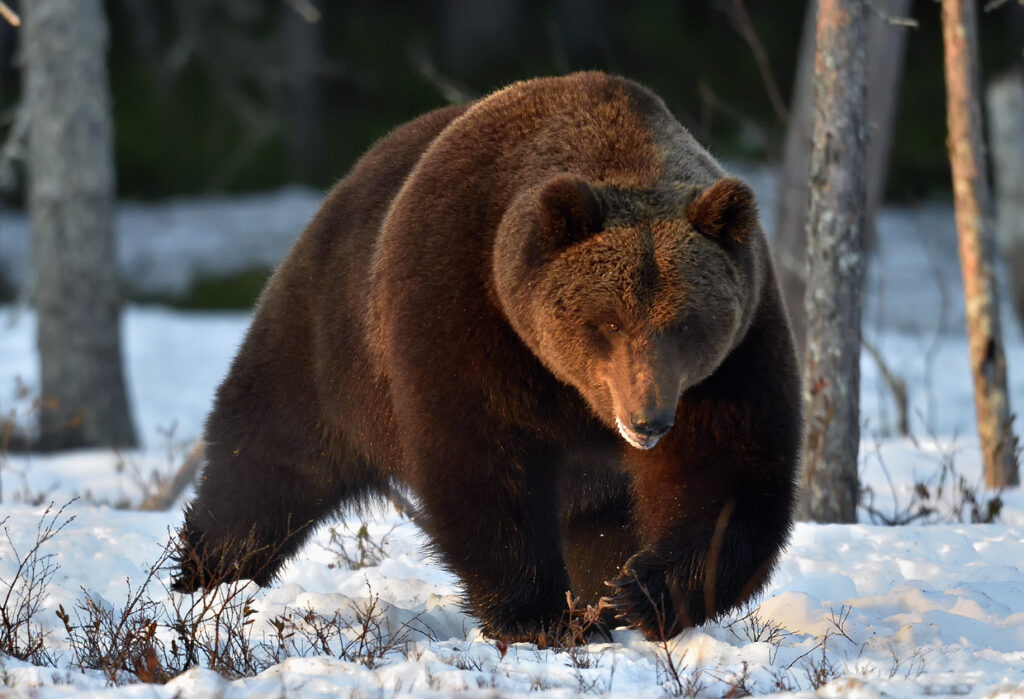
Anchorage has long been a city where trails thread through wild country, and every jog feels like a brush with nature. This week, that fragile balance broke when a jogger was attacked by a bear in a city greenbelt, just days after another resident survived a separate encounter.
Two bear attacks in the same week feel less like coincidence and more like a warning. Locals are rattled, wildlife officials are scrambling, and the stories surfacing now are painting a vivid picture of just how close wilderness is to the edge of daily life in Alaska’s biggest city.
1. The jogger’s routine run turned violent in seconds.
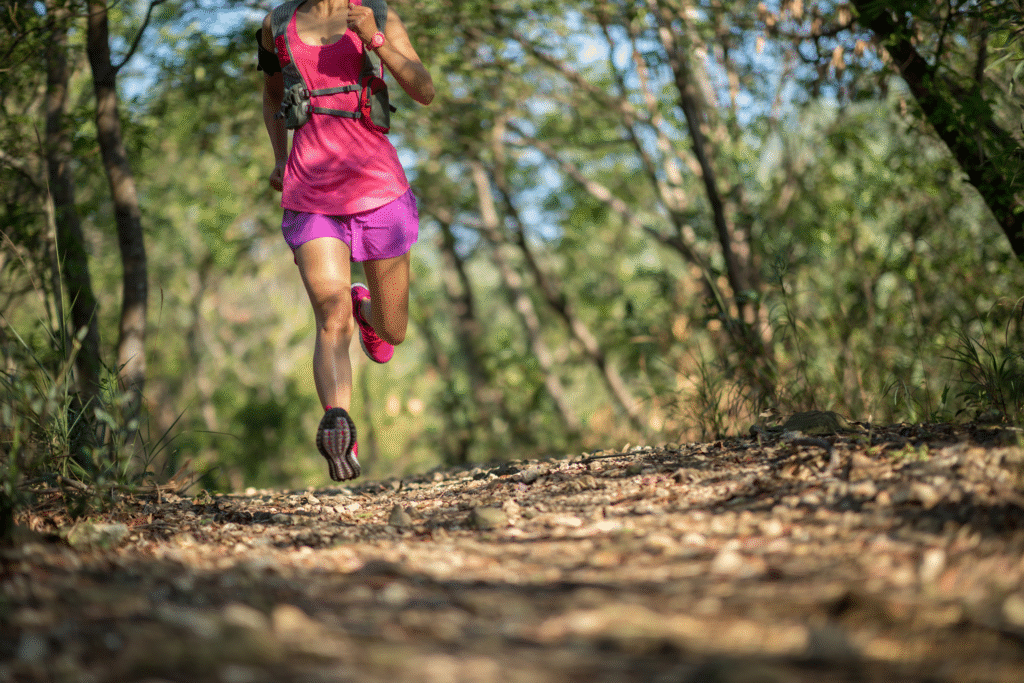
The Anchorage Police Department confirmed that a woman out for a morning jog on Tuesday morning, August 26 near Bicentennial Park was mauled by a bear, leaving her with serious injuries but alive, as reported by the Anchorage Daily News. One moment, she was running along a familiar trail, and the next she was in a fight for her life. Bears move quickly and without warning, a fact locals know but often push to the back of their minds.
She managed to get away, but her wounds required immediate medical treatment. The attack comes with eerie timing, just days after another bear encounter in the city shook residents awake to the reality of summer wildlife movements. That overlap has people asking bigger questions about what is pulling bears closer to neighborhoods.
2. Another Alaskan town was shaken only weeks earlier.

By the time the jogger was attacked in Kenai, the state was still processing a separate mauling in Anchorage just a month before. On July 22, a 67-year-old hiker on the Basher Trail was mauled by a brown bear after encountering it alone on a stretch of wooded trail. She suffered serious injuries to her upper body and face but survived thanks to the quick response of nearby hikers who called emergency crews, as stated by Alaska Public Media.
The attack rattled Anchorage because it unfolded so close to town. Basher Trail is popular with everyday walkers, families, and runners—people who expect moose sightings but not a violent bear encounter. Wildlife officials moved quickly to track the bear using dogs and aerial support, though they later emphasized how difficult it is to pinpoint the exact animal responsible. For many locals, the incident wasn’t just a story in the news—it was a reminder that wilderness doesn’t end where the sidewalks do.
3. Wildlife officials believe food sources are drawing bears in.
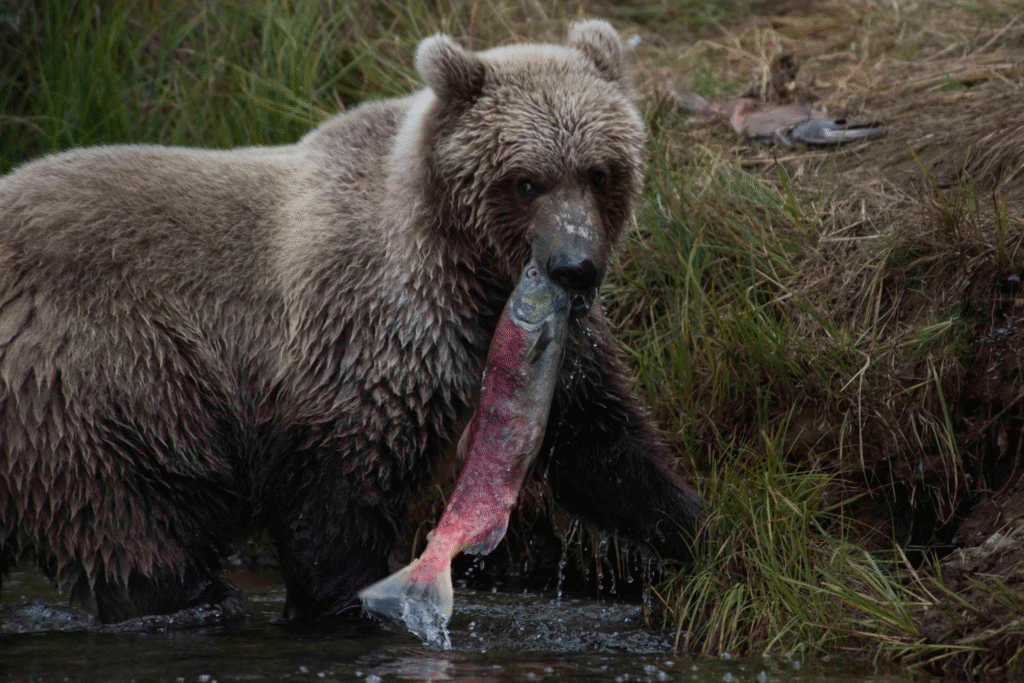
Officials with the Alaska Department of Fish and Game have suggested that the spike in urban bear encounters may be tied to food availability, as discovered by the department in its early investigations. Bears don’t wander into human areas without reason—trash, pet food, and even berry crops near homes can shift their behavior.
Alaska has a long history of wrestling with this balance, and the double attacks are now putting fresh urgency on education campaigns. Residents are being reminded to secure garbage, keep dogs leashed, and carry bear spray on trails. The conversation has shifted from theory to necessity, and every household is paying attention.
4. Trails once bustling with runners now feel deserted.
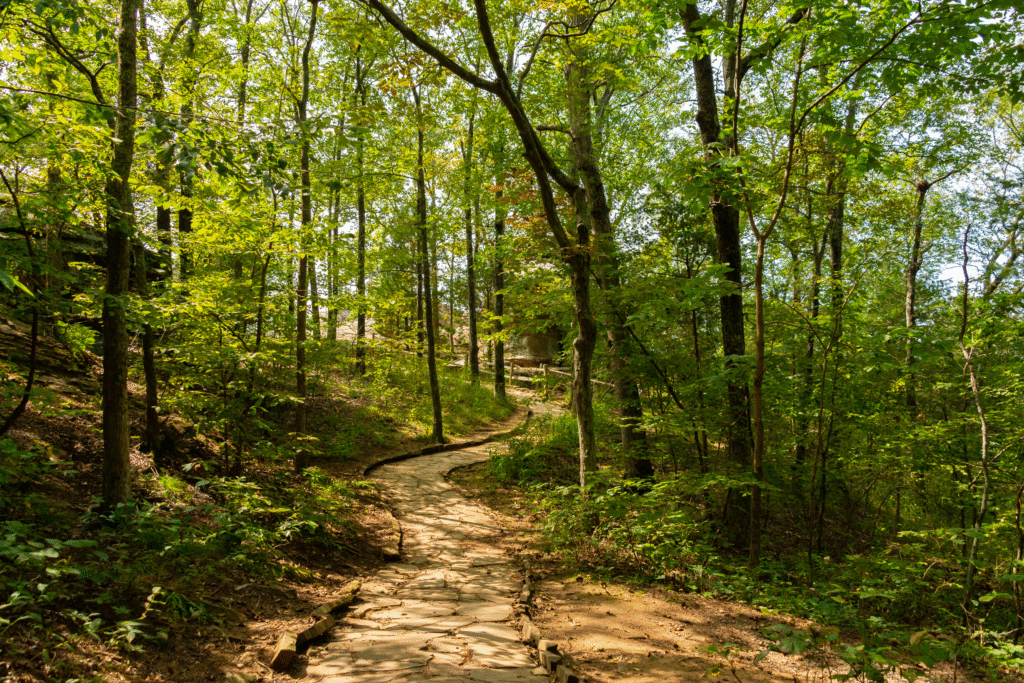
The ripple effect of two attacks in quick succession is visible on the city’s trails. Routes that usually echo with the sound of footsteps and conversations are noticeably quieter. Fear doesn’t just change how people move—it changes how communities interact with their public spaces.
It’s not that Alaskan residents are unfamiliar with bears. But the timing has layered an intensity onto the experience of hiking or jogging. For many, the silence on the trails is more haunting than the news headlines, a reminder of how fragile the boundary between safe and unsafe can feel.
5. Local hospitals are bracing for the worst.

When a community experiences two serious wildlife-related injuries in a single week, medical teams begin adjusting. Emergency departments know how to treat trauma from bear encounters, but a cluster of incidents puts stress on preparedness.
Doctors are reviewing protocols, and some are quietly reminding the public that quick medical response can mean the difference between life and death. Behind the scenes, the conversations mirror the trails: less routine, more edge. The timing of attacks is shifting how health professionals think about seasonal readiness.
6. Bears are moving differently as summer shifts to fall.

The attacks aren’t occurring in isolation. They’re part of a larger seasonal story where bears prepare for winter by bulking up. As food sources in the wild fluctuate, movements change, and more risks spill into human territory.
Every year, Alaska experiences this overlap, but the severity varies. Two attacks in one week suggest that this year’s transition might carry more tension. Residents are now living inside a storyline they’d usually read about from a safer distance.
7. Conversations at grocery stores sound different now.

Walk into grocery store today, and you’ll hear bear talk in line. Fear spreads socially, and these attacks have taken over daily conversation. What feels remarkable is how personal the stories are becoming, even for those not directly involved.
Neighbors are checking in on each other, warning newcomers, and swapping strategies on bear spray. The shift is subtle but powerful: when a community collectively changes its rhythm, the feeling of living in a city on the edge of wilderness sharpens into focus.
8. Parents are rethinking how kids explore the outdoors.
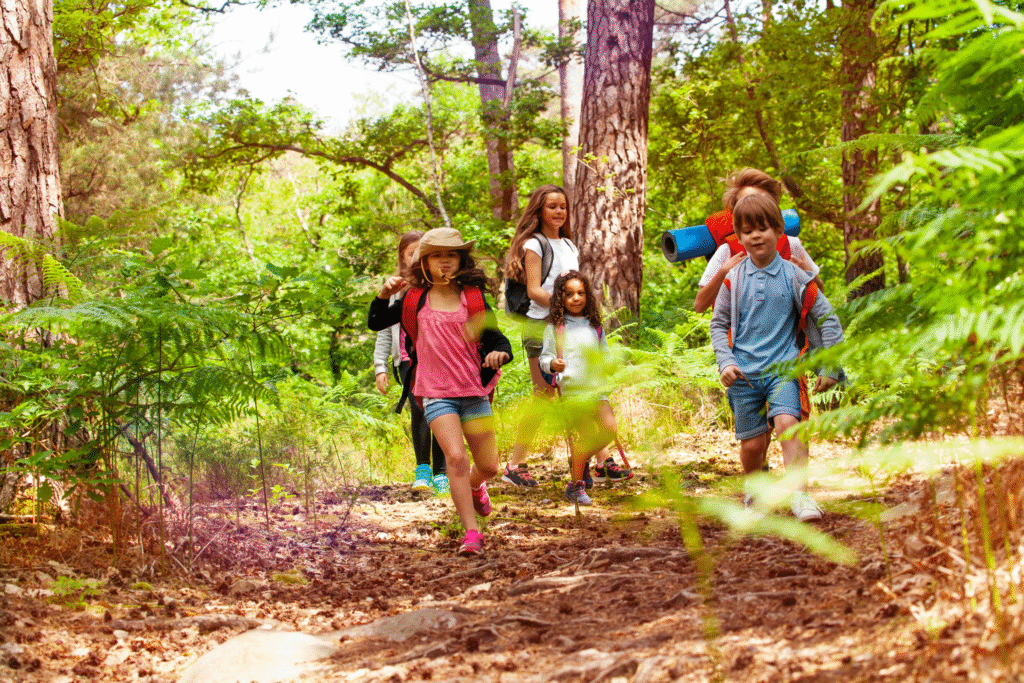
The attacks have landed in the middle of summer, a season when kids usually roam more freely through Anchorage parks. That freedom is suddenly in question. Parents are recalibrating rules, organizing group outings, and in some cases, pulling back entirely.
Alaska has always wrestled with teaching children about bear safety, but now the lesson feels more urgent. The timing of these attacks means the conversation is no longer theoretical. Families are negotiating how much freedom is too much, and every decision feels heavier.
9. Past attacks echo through the city’s memory.

Anchorage isn’t new to bear encounters. The city has faced fatal and near-fatal incidents before, and residents remember them. Those past events are resurfacing in conversations now, giving context to the fear while also shaping the response.
History isn’t repeating itself exactly, but echoes always carry weight. These new attacks feel sharper because of that collective memory, and people are quick to recall how quickly tragedy can strike. It’s less about statistics and more about the stories that refuse to fade.
10. The week has reshaped how Anchorage sees itself.
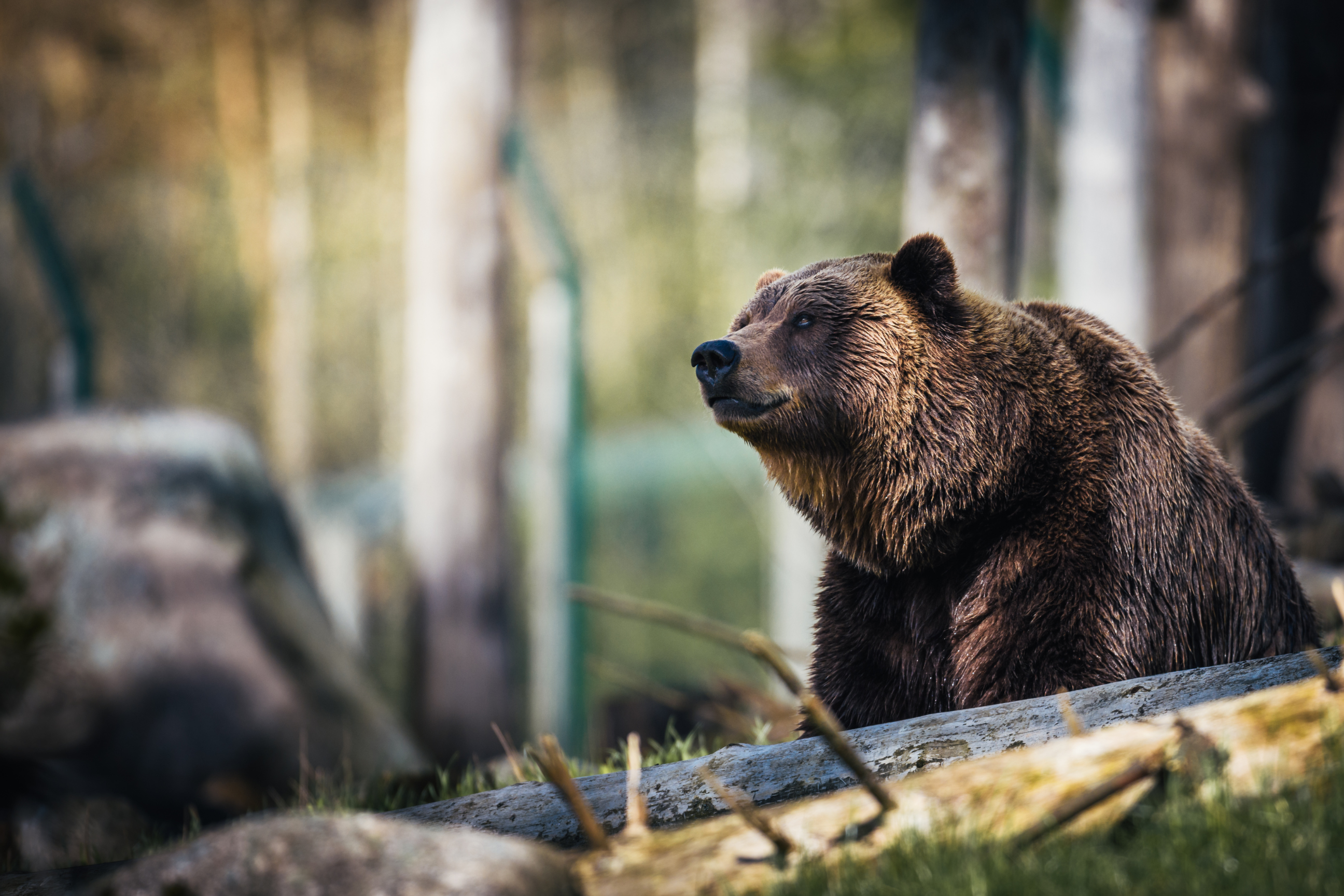
Two attacks in seven days have disrupted the city’s balance. Alaska has always existed in a push and pull with the wilderness, but the scale feels different now. The fragile agreement between humans and wildlife feels stretched thin.
What remains to be seen is how the people adapt. Already, the tone of conversation has shifted, trails are quieter, and homes are locking down their trash. In small, collective steps, communities are redefining what it means to live on the edge of wild Alaska.
